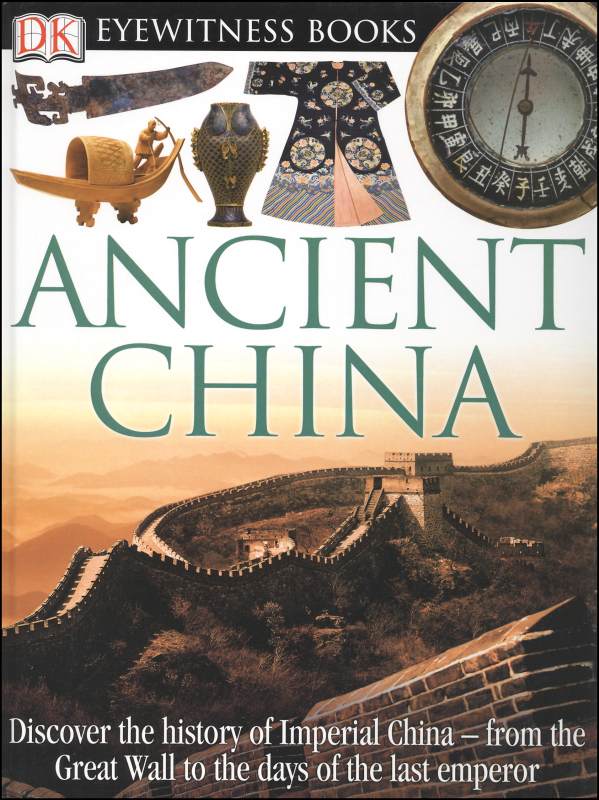


Source: Qian Xuan
The rule of Ancient China was divided between a number of different dynasties. Dynasties are ruling families that are in control of a certain area, with the head of the family (usually the father) in power as an emperor or king, and the power passed down to another family member after the current king or emperor retires or dies (this is usually the eldest son). To learn more about the dynasties that ruled Ancient China, read through the resources below.

These plaques were created by (or for) the Xianbei, a nomadic people living in the steppes region of what is now Mongolia and northern China, who would later control a large part of northern China as the Northern Wei dynasty (386–534). According to the dynastic history of the Wei, they were led into China by a mysterious animal spirit that was shaped like a horse and that bellowed like an ox.
This carved jade belt slide shows a small falcon hunting a wild goose amid lotus flowers. The motif symbolizes the spring hunt of the Jurchens, a seminomadic people who lived beyond China’s Great Wall in the northeast. Known as chunshui (spring water) in historical texts, the hunt was an important annual Jurchen ritual that Mongol and Manchu royalty continued during the later dynasties. The motif appears widely on ceramics, textiles, and other media.
The haphazard placement of the various motifs in the interior of this plate reflects the influence of Central Asian textiles in Chinese art of the Yuan dynasty.
By the Han dynasty, mirrors had become an important component of grave goods. Their reflective surface was believed to bring life and light into the darkness of the tomb.
One of a pair, this fierce guardian lion bares his fangs, crouches, and grips the platform underneath him with splayed claws. Pairs of stone lions have been found protecting Han-dynasty tombs (206 B.C.–220 A.D.) and they became more prevalent following the inclusion of lion iconography in Buddhist cave temples in northern China during the fifth and sixth centuries. Excavations of Northern Qi tombs have unearthed pairs of protective lions defending the entrance to the innermost chamber containing the coffin.
This guardian lion's fully modeled body and rippling muscles is illustrative of Northern Qi sculpture, which was more rounded and naturalistic than the elongated and linear forms of the preceding Northern Wei (386–534) and Eastern Wei (534–550) dynasties. The stylized whorl pattern along the lion's shoulders is common on carvings in relief as well as sculptures in the round from this period. While the Northern Qi dynasty was brief and was supplanted by the Northern Zhou in 577, its sculptural achievements provided direction and inspiration for stone sculpture in the succeeding centuries when China was unified first under the Sui dynasty (581–618) and then under the Tang dynasty (618–906).
This sculpture is a rare representation of Sengqie (ca. 660–710), a monk from central Asia who founded a temple in Sizhou (modern Liuhuai, Anhui Province), on the south shore of the Huai River. Popularly known as the Monk of Sizhou, he was venerated after his death as an incarnation of Guanyin, the Bodhisattva of Compassion. During the Song dynasty, he became a cult figure revered for his power to prevent floods.
So-called “seal script,” seen here, is an archaic writing style that was standardized during the Qin (221–206 B.C.) and Han dynasties (206 B.C.–A.D. 220). It is characterized by straight lines of uniform width and angular turns suited to a square format. The inscription reads:
“Seal of Tiannan General”
Jade from Khotan in the Tarim basin was plentiful during the Tang dynasty. It was fashioned into ornaments such as women’s comb tops and decorative plaques for belts worn by senior officials. The jade plaques in this set are carved in relief with images of a dancer and musicians from central Asia, most likely Kizil.


 Ancient China
by
Ancient China
by
 The Shang dynasty
by
The Shang dynasty
by
 The first emperor of China
by
The first emperor of China
by